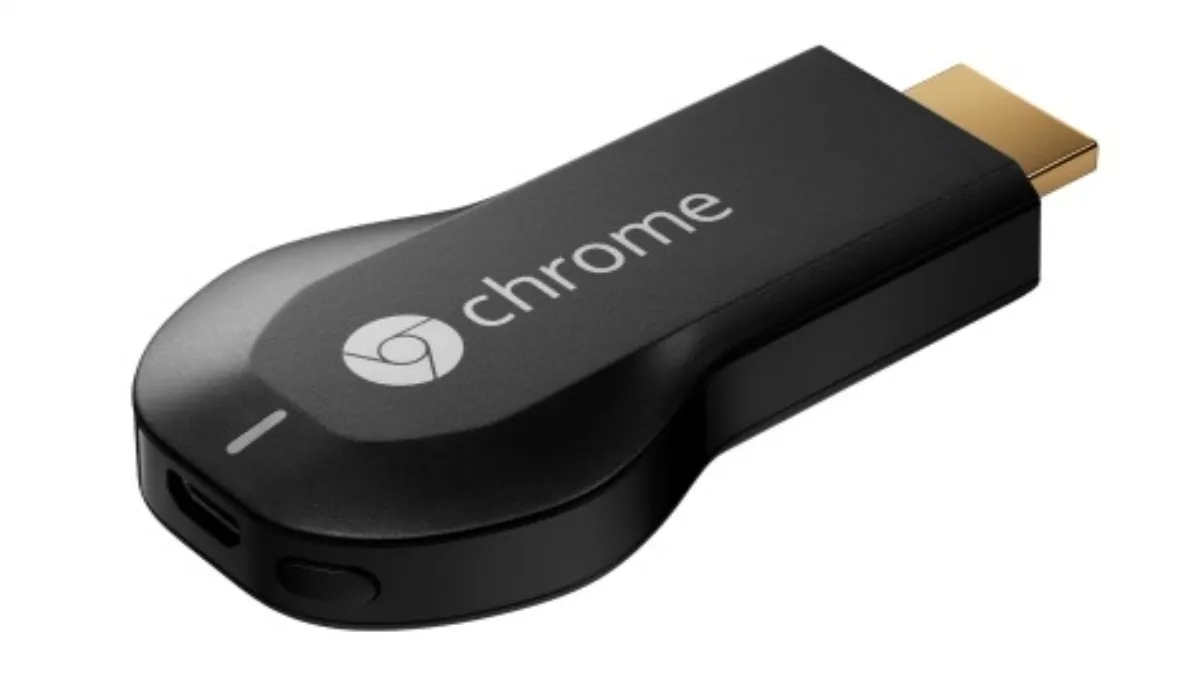
Hands-on review: Google Chromecast
Google's ultra affordable competitor to the Apple TV has finally launched in New Zealand.
Google's take on streaming has seen them paring back functionality to its bare essentials. The net result is a powerful and easy to use streaming widget that won't break the bank.
What it doesn't do
Chromecast is about as barebones as you can get, consisting of a small HDMI dongle that plugs straight into a TV.
Where the Apple TV is a computer in its own right, simplicity is the mantra with Chromecast. There are no app stores and downloadable content doesn't exist. It doesn't need to.
There's no remotes or interfaces to fiddle with. It uses your computer tablet or smartphone to work its magic.
What it does do
This happens when you connected the Chromecast to your homes Wi-Fi network. Content is "casted" from an Android or iOS or a Windows phone device.
Smartphones and tablets aside, it'll also play nice with mac, windows or chrome book PCs. Content is casted using compatible apps and you can use the Chromecast to mirror screens.
Getting set up
Setup is about as basic as is possible. In fact the most difficult stage of the entire process involved wresting with the packaging to get the Chromecast out of the box.
After plugging it into a spare HDMI port and connecting its bundled power supply, I downloaded the Chromecast app for my phone. Next I connected the Chromecast to my home Wi-Fi network and entered an onscreen PIN. I was good to go.
I was also astonished at the sheer volume of Chromecast apps in the apple, android and windows phone app stores.
In use
Clicking a small cast button kicks off the streaming process. 1080p streaming looked great and there were no audio sync issues.
I also found I could stream content from non- compatible apps by mirroring the screen of my Android phone. On my Macbook Air, I was able to mirror individual browser tabs to my TV. Adding even more utility, Quickflix also supports Chromecast.
The sheer simplicity of Chromecast makes it pretty intuitive. There's no remote control to lose behind the sofa cushion. Your already familiar smartphone, PC or tablet does the heavy lifting.
Chromecast worked well and was a particularly handy means of showing off holiday snaps taken on my phone. Here's hoping Microsoft bake support for Chromecast into PowerPoint - it'd be a real game changer if they did.
Verdict
There are a lot of reasons to like the Chromecast. For a start it's versatile. Support for a huge number of local and offshore video streaming services makes a big difference. Not only was I able to binge view Blackadder on Quickflix via the Chromecast, but Slingshots global mode meant I was also able to catch content on Hulu and iPlayer too.
Chromecast is also a great way to add smarts to old school HDMI equipped "dumb" TVs. Unlike most other solutions, it tucks away into the back of the TV, minimizing clutter and scarce AV cabinet space. Add to this a colossal amount of application support for most major platforms and you're onto a winner.
This said, if you already own a smart TV, Chromecast will only appeal if it offers access to streaming services not already supported by your TV.
The second-biggest selling point with Chromecast is likely to be the sheer scale of Google. This means that it's a growing number of streaming services will add Chromecast support sooner rather than later.
Its biggest appeal is likely to be the $60 sticker price, making the Chromecast a low risk investment that's likely to pay big dividends.

